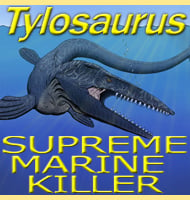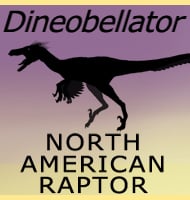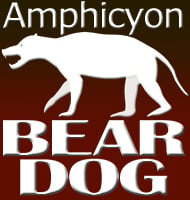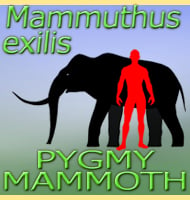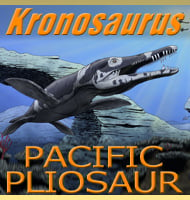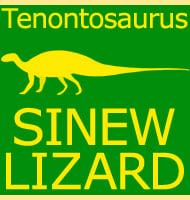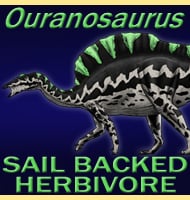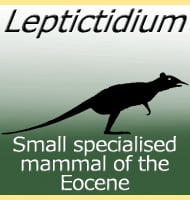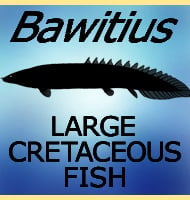In Depth
Cedarpelta is not a particularly famous ankylosaurid dinosaur, and it does not have a huge amount of fossils attributed to it. However it was the first ankylosaurid genera where a skull was found disarticulated (broken up during fossilisation). This might initially sound like a bad thing, but usually ankylosaurid skulls are found articulated, which can make it very difficult for palaeontologists to examine the individual bones of the skull without deliberately damaging a rare and valuable fossil specimen. The disarticulated skull, alongside the fully articulated one which is the genus holotype, has allowed for a far greater study into the construction of the skulls of these kinds of dinosaurs.
Aside from the skulls, the describers also described a list of ankylosaurid fossils that may also belong to Cedarpelta. Details about total size and layout of armour still remain hard to establish about Cedarpelta. Like all other dinosaurs of its kind however, Cedarpelta would have been a fairly squat quadrupedal dinosaur that specialised in foraging for low growing vegetation.
Cedarpelta would have likely shared its habitat with other armoured dinosaurs such as Animantarx and Peloroplites, both of which are also known from the same Fossil member as Cedarpelta. Gastonia is also present in the Cedar Mountain Formation, and Sauropelta has also been speculated to be there, though those fossils might belong to Peloroplites. The original description of Cedarpelta by Carpenter et al. in 2001 suggested that Cedarpelta may be a close relative of the Asian ankylosaurs Shamosaurus and Gobisaurus, and although this has been questioned in the past, further fossils discoveries have re-confirmed this idea.
Further Reading
- Disarticulated skull of a new primitive ankylosaurid from the Lower Cretaceous of Utah. in Carpenter, K. (editor) 2001, K. Carpenter, J. I. Kirkland, D. Birge & J. Bird - 2001. - Ankylosaurs from the Price River Quarries, Cedar Mountain Formation (Lower Cretaceous), east-central Utah, Kenneth Carpenter, Jeff Bartlett, John Bird & Reese Barrick - 2008.

